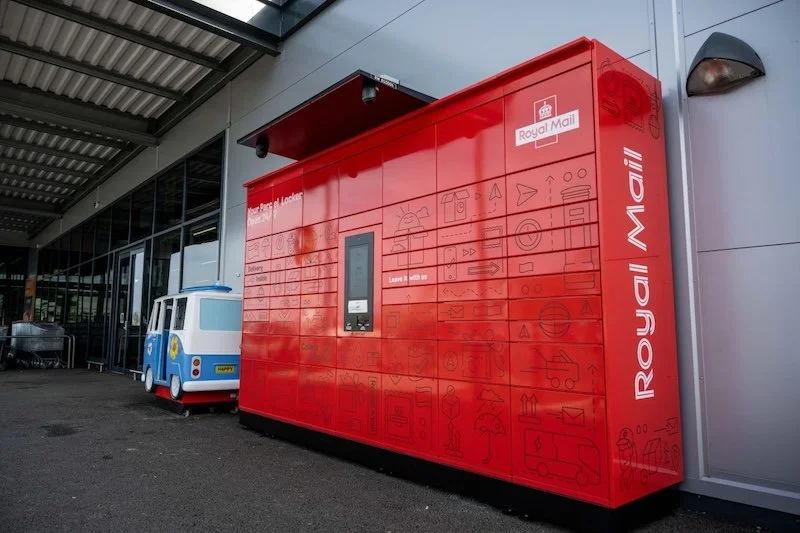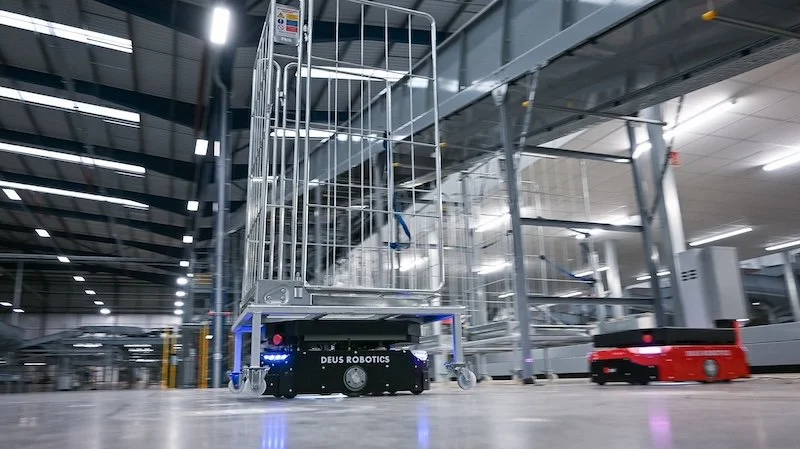Optimising your checkout process for a seamless shopping experience
A smooth checkout process is crucial for converting browsers into buyers. Whether you're running an online store or a physical retail outlet, the final steps of a customer's journey should feel effortless.
Streamlining this phase not only enhances customer satisfaction but also boosts your bottom line. By minimising friction during checkout, you can reduce cart abandonment rates and increase the likelihood of customers completing their purchases, ultimately driving higher sales and fostering brand loyalty.
Simplify the checkout flow
The fewer obstacles customers encounter, the more likely they are to complete their purchase. Implementing a single-page checkout can significantly reduce friction. This approach consolidates all necessary information - such as billing details, shipping address, and payment options - into one page, eliminating the need for multiple clicks.
Additionally, offering a guest checkout option allows customers to make purchases without the commitment of creating an account, catering to those who prefer a quicker transaction.
Autofill features can further streamline the process by automatically populating fields with previously entered information, saving customers time and effort. Real-time validation of input fields ensures that errors are caught immediately, preventing frustration and potential abandonment.
Moreover, providing clear progress indicators during the checkout process helps manage customer expectations and reduces anxiety about the steps remaining.
Photo credit: Unsplash.
Offer diverse payment methods
Customers have varied preferences when it comes to payment methods. Integrating multiple options such as credit and debit cards, digital wallets like Apple Pay and Google Pay, and buy now pay later services can cater to a broader audience. This flexibility not only accommodates different customer preferences but also can lead to increased conversion rates.
For instance, Visa's Click to Pay solution offers a secure, tokenised, and user-friendly checkout experience that eliminates the need for manually entering payment information. This solution has been shown to save around 20 seconds per transaction, reduce fraud by 91%, and increase payment authorisation rates by up to 10%
Additionally, integrating your payment system with your Point of Sale (POS) system can provide a unified view of transactions, making it easier to manage both online and in-store sales. Many PoS systems offer integrated business tools that streamline payment processing and inventory management, which is a great solution.
Optimise for mobile devices
With an increasing number of consumers shopping via smartphones and tablets, it's essential that your checkout process is mobile-friendly. A responsive design ensures that your checkout page adapts seamlessly to various screen sizes, providing a consistent and user-friendly experience across devices.
Simplifying the layout for mobile users is crucial. This includes using larger buttons for easier navigation, reducing the number of form fields to minimise typing, and ensuring that the checkout page loads quickly to prevent potential drop-offs. Implementing mobile specific features, such as tap-to-pay options, can also enhance the mobile shopping experience.
Moreover, integrating your mobile checkout system with your PoS system can provide real-time updates on inventory and sales, allowing for more efficient order fulfilment and customer service.
Enhance customer trust and transparency
Building trust, transparency and credibility is paramount in encouraging customers to complete their purchases. Displaying security badges and offering clear information about shipping policies, return procedures, and product details can alleviate concerns and foster confidence.
Providing a summary of the order before finalising the purchase allows customers to review their selections and prices and ensures that there are no surprises. Transparent pricing, including any taxes and shipping fees, should be clearly displayed throughout the checkout process to prevent cart abandonment due to unexpected costs.
Additionally, offering customer support options, such as live chat or a help centre, can assist customers who may have questions or encounter issues during the checkout process, further enhancing their overall experience.
By focusing on these key areas - simplifying the checkout flow, offering diverse payment methods, optimising for mobile devices, and enhancing customer trust - you can create a seamless shopping experience that encourages conversions and fosters customer loyalty.
Moreover, regularly testing and refining your checkout process can help identify potential pain points and ensure continuous improvement. Staying updated with the latest payment technologies and user experience trends can keep your checkout process competitive and efficient.
By consistently prioritising customer convenience, you can build a reputation for reliability, leading to repeat business and positive word-of mouth.































Continue reading…